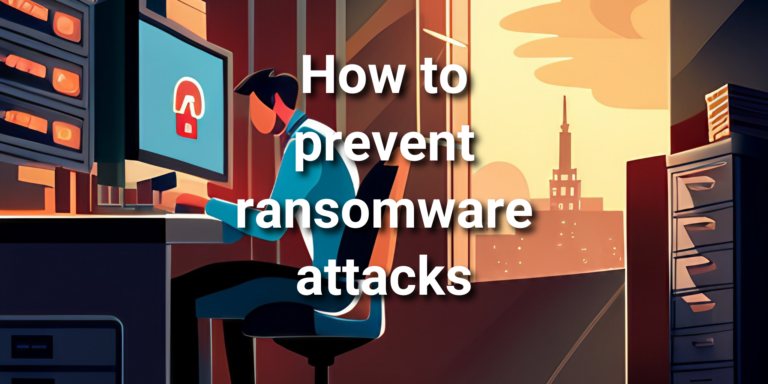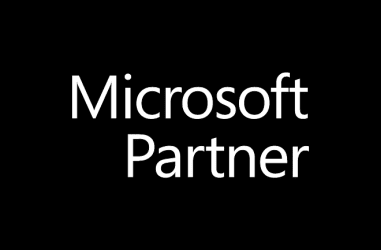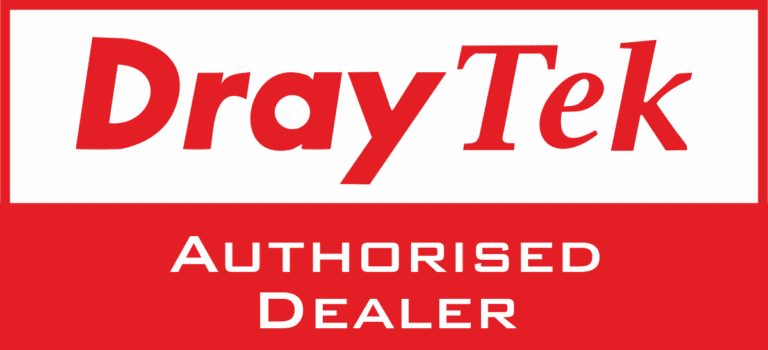Ransomware is just one piece of the puzzle when it comes to cybersecurity threats. To determine how to prevent ransomware attacks, and effectively protect your business, it’s essential to stay vigilant against a wide range of attacks that are constantly evolving. By enhancing your overall cybersecurity measures, you can significantly reduce the risk of falling victim to these threats, including ransomware.

In order to understand how to prevent ransomware attacks, according to experts like CISA and industry leaders, here are some key cybersecurity threats that businesses should be aware of:
Social Engineering
Cybercriminals often exploit human vulnerabilities to gain access to sensitive information or systems. Techniques like phishing, baiting, and impersonation are commonly used to deceive individuals into revealing confidential data or performing unintended actions.
Malware Attacks
Malicious software, such as ransomware, trojans, and worms, can infect systems, encrypt data, or give unauthorized access to cybercriminals. This can result in significant financial losses and operational disruptions.
Third-Party Exposure
Collaborating with external vendors and partners can introduce additional risks. Cybercriminals may target weak links in the supply chain to gain unauthorized access to your systems.
Configuration Mistakes
Misconfigurations in software, servers, or cloud infrastructure can create security gaps that cybercriminals can exploit. This can lead to unauthorized access or system disruptions.
Poor Cyber Hygiene
Neglecting basic cybersecurity practices, such as using weak passwords, not updating software, or failing to educate employees, can make your organization vulnerable to attacks, including ransomware.
Cloud Vulnerabilities
As more businesses adopt cloud-based services, misconfigurations, insecure APIs, or insufficient access controls within cloud environments can become entry points for cyber threats, including ransomware.
Advanced Persistent Threats (APTs)
Sophisticated and targeted attacks, often associated with nation-states or organized crime groups, can remain undetected for extended periods. These attacks aim to steal sensitive data or disrupt critical operations.
To mitigate these risks and protect your organization, it’s crucial to:
- Implement robust security practices: Regularly update software, use strong authentication measures, and educate employees on cybersecurity best practices, including how to prevent ransomware attacks.
- Monitor for threats: Use advanced threat intelligence solutions to stay informed about emerging threats and proactively address potential vulnerabilities, especially those related to ransomware.
- Collaborate with cybersecurity professionals: Work with trusted experts who can provide guidance, support, and specialized services, such as ransomware prevention and recovery strategies.
How to prevent ransomware attacks
By taking a comprehensive approach to cybersecurity, you can significantly enhance your organization’s defense against the ever-evolving threat landscape, including ransomware, and protect your valuable assets.







































